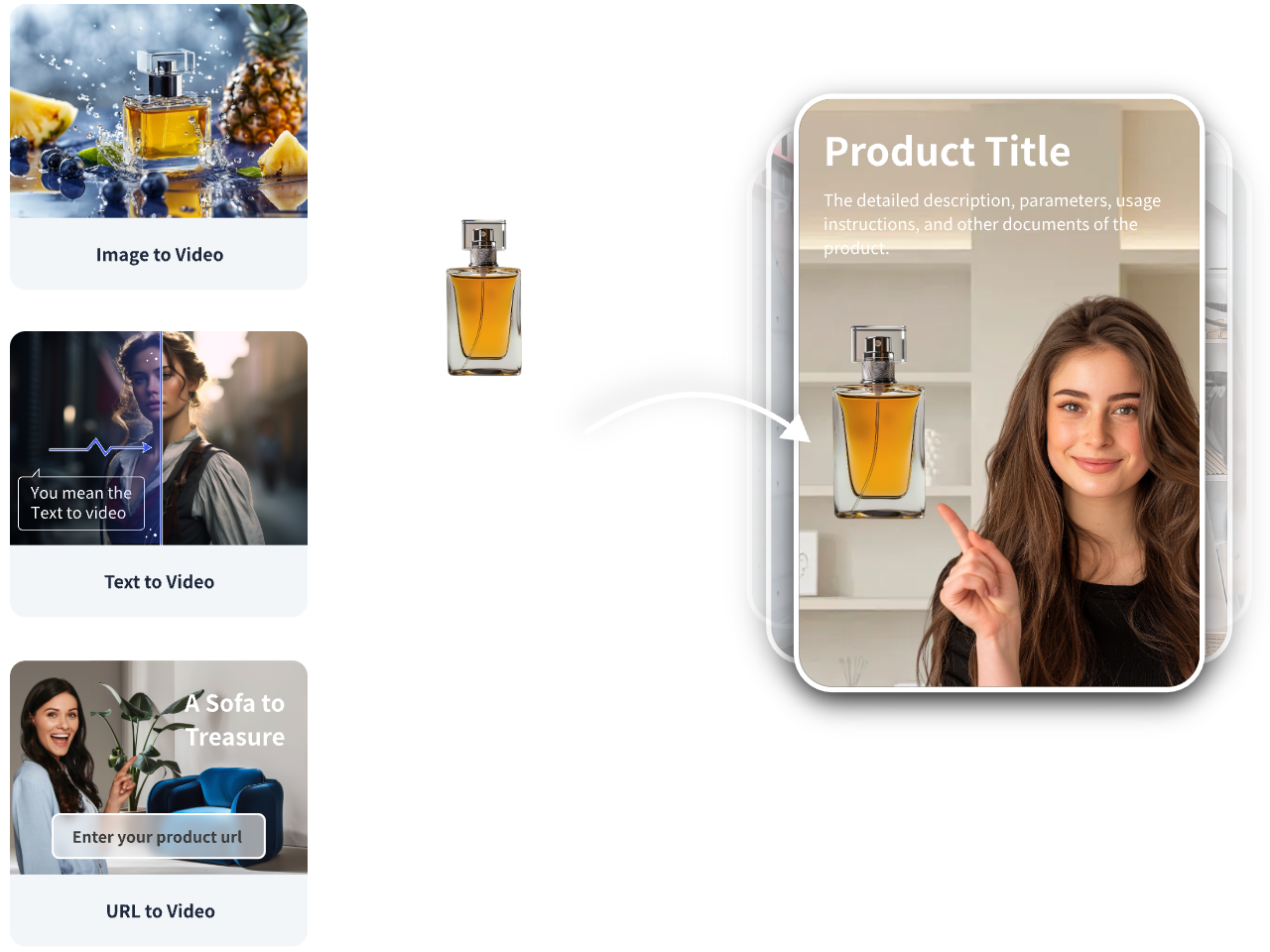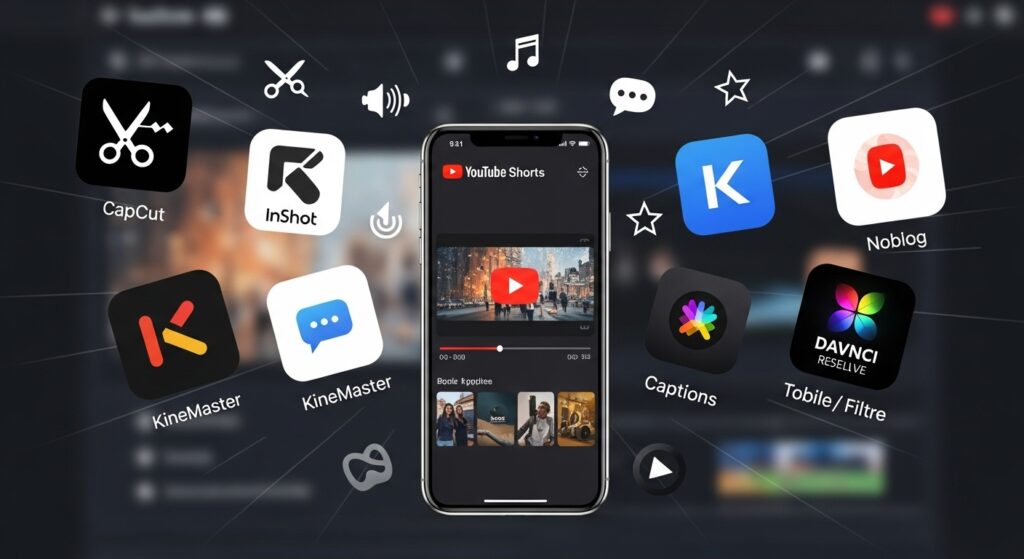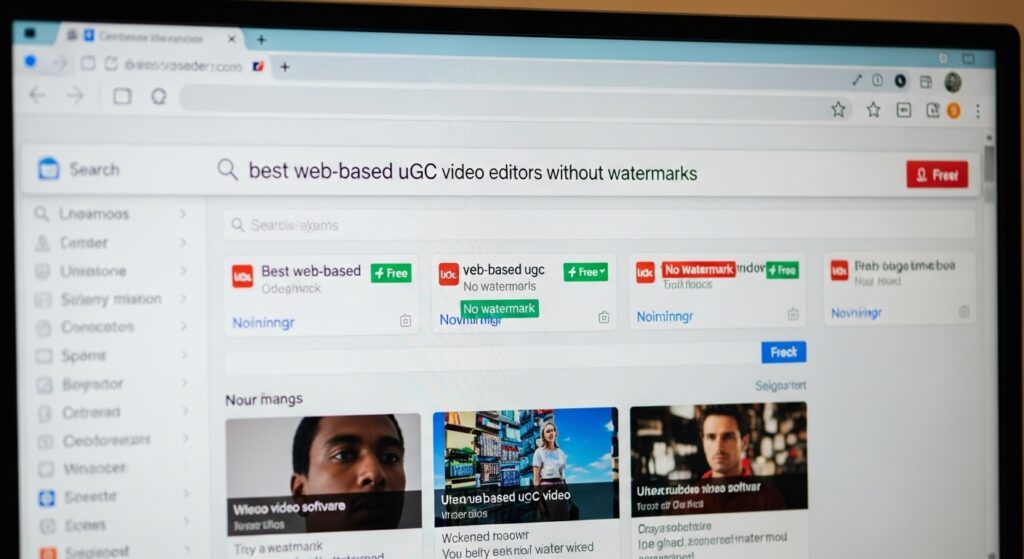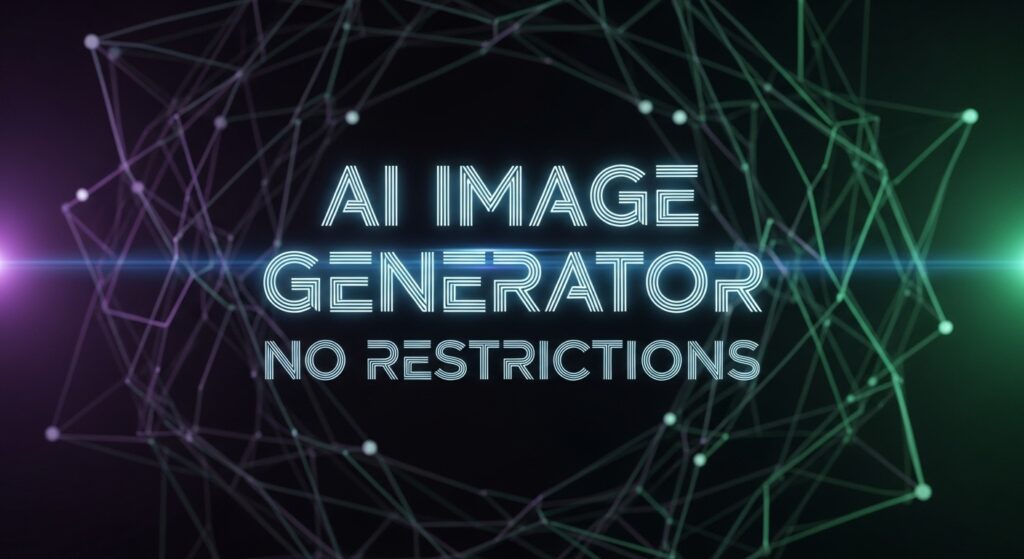Flow Labs by Google: How to Automate Smarter, Faster Workflows

You hear a lot about Flow Labs these days. It’s mentioned in tech forums, Google presentations, and even on productivity podcasts. But what does Flow Labs really do? Is it just another buzzword in the race for workflow automation, or does it genuinely improve how you work? This article breaks it all down. We’ll unpack what Flow Labs by Google is, how Flow Labs AI works, and how it stacks up against other productivity systems. You’ll also see how tools like VidAU help bring these workflows to life.
What is Flow Labs and why is Google investing in it?
Flow Labs by Google is an experimental platform designed to automate and streamline digital workflows across apps and services. Google built Flow Labs to help teams move from manual, app-hopping tasks to integrated actions that run in the background.
The goal behind Flow Labs is simple. Google wants to create a space where people can set up sequences, conditions, and results without switching between tabs or apps. This approach mirrors tools in Google’s own ecosystem but expands it for developers and teams using third-party software.
You can connect tools, set triggers, and define what should happen next. It’s like setting up a “workflow recipe” that keeps running until you tell it to stop.
How does Flow Labs AI automate repetitive tasks in Google’s ecosystem?

Flow Labs AI works by analyzing how users interact with connected tools. It looks at repeat behavior and offers to automate steps like:
- Sending follow-up emails when a form is submitted
- Moving files between cloud drives based on triggers
- Creating calendar events when conditions are met
- Sorting support tickets by urgency and topic
By observing user actions, Flow Labs AI predicts the next step and sets it in motion. These automations reduce the time spent on admin tasks and give people more time to focus on outcomes.
Flow Labs AI is meant to be self-improving. The more you use it, the more it understands your flow and offers suggestions.
How does Flow Labs Google initiative support workflow productivity?

The Flow Labs Google initiative reflects the company’s shift toward contextual, behind-the-scenes automation. Rather than creating new apps, Google now tries to make existing ones smarter.
Flow Labs by Google fits well into Google’s productivity stack:
- Extends what Google Workspace already offers
- Integrates with Gmail, Docs, and Drive
- It opens access to third-party tools
- Also, complements Google Cloud integrations
Many Flow Google Labs projects serve as testbeds for bigger rollouts. So Flow Labs could be a testing zone for deeper automation features coming to Gmail, Meet, or Chat.
What are the practical use cases of Flow Labs by Google?
Flow Labs by Google shines in situations where you repeat the same task across tools or teams. Here are examples where Flow Labs adds value:
- Content review workflows: Auto-move files from Docs to Drive, notify reviewers, and track status in Sheets.
- Support ticket triage: Label emails, create tasks, and assign them based on keywords.
- HR onboarding: Trigger welcome emails, calendar invites, and form collection when new hires join.
- Sales lead handling: Sync form submissions to CRM, assign reps, and notify via Chat.
Benefits of using Flow Labs in structured work environments
Before choosing Flow Labs, it’s important to look at its core advantages:
- Reduces app switching
- Speeds up repetitive steps
- Allows setup without code
- Tracks workflows in real-time
For teams that use Google Workspace already, this integration feels natural. You won’t need new logins or systems.
How does Flow Labs compare with other automation platforms like Zapier?
Flow Labs by Google competes with popular automation tools like Zapier and Make. So, how does Flow Labs hold up?
| Feature | Flow Labs by Google | Zapier | Make (Integromat) |
| Native Google Ties | Deep Integration | Moderate | Moderate |
| Third-party Support | Growing | Wide | Very Wide |
| Learning Curve | Low | Low | Medium |
| Custom Logic | Basic to Moderate | Moderate | Advanced |
| Cost (Expected) | Freemium Likely | Paid Tiers | Paid Tiers |
If your ecosystem is mostly Google, Flow Labs will likely feel smoother and more responsive.
Can Flow Labs replace human decision-making in workflows?
Flow Labs by Google is not built to replace humans. Instead, it supports them by removing the most redundant parts of their job. This distinction matters.
You still need human judgment for:
- Decision-making in complex tasks
- Reviewing outputs for accuracy
- Managing exceptions or edge cases
- Setting the actual workflow logic
So, the Flow Labs Google platform doesn’t erase human roles—it shifts them.
How can VidAU integrate with Flow Labs for content teams?
Yes. If you use Flow Labs by Google to organize your media pipeline, you can plug in VidAU to turn raw assets into polished video.
Here’s what a VidAU + Flow Labs workflow can look like:
- New video brief arrives in Google Docs
- Flow Labs moves it to a shared Drive folder
- VidAU watches the folder, pulls the doc, and generates a draft video
- Flow Labs sends the link to a review group via Gmail or Chat
This structure works well for marketing, training, and sales teams who need fast content cycles.
VidAU helps close the loop. Flow Labs triggers the work; VidAU delivers the output.
Conclusion
Flow Labs by Google is still in its early days. But the core idea of making workflows smarter across tools has strong potential. The promise lies in its ability to reduce friction, speed up collaboration, and integrate tightly with tools you already use.
For teams running on Google, the benefits will be immediate. And when you combine Flow Labs AI with creative tools like VidAU, your productivity gains grow even more.
Just remember: not everything should be automated. Use Flow Labs to simplify, not to replace common sense.
FAQs
1. What is Flow Labs by Google?
It’s a Google-backed platform that automates workflows across apps like Gmail, Drive, Docs, and third-party tools.
2. How does Flow Labs AI help productivity?
Flow Labs AI learns your work patterns and helps automate repeat tasks like sending emails or organizing files.
3. Can I use Flow Labs with apps outside Google?
Yes, Flow Labs supports some third-party services and is expanding integrations.
4. Is Flow Labs better than Zapier for Google tools?
If you mainly use Google tools, Flow Labs by Google feels more seamless. But Zapier offers broader third-party support.
5. How does VidAU connect with Flow Labs workflows?
You can use Flow Labs to manage content workflows and plug into VidAU to generate, review, or publish video output.





